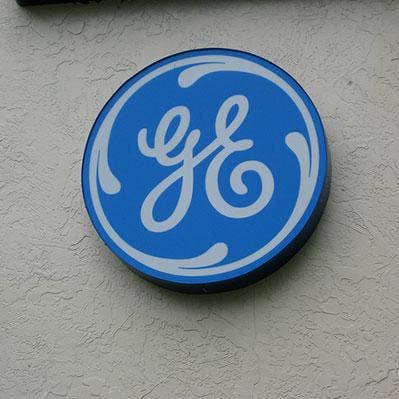GE Digital Layoffs 'Driven By Commercial Demands,' Not Spin-Off Plans
The industrial Internet of Things pioneer says the layoffs, which impacted its San Ramon, Calif., headquarters, were not the result of its plan to spin off into a standalone company but 'driven by commercial demands for GE Digital.'

Layoffs have hit GE Digital as details remained light for the parent company's plan to spin off its industrial Internet of Things business into a standalone company.
The company said it is laying off roughly 172 employees at its two offices in San Ramon, Calif., where GE Digital is headquartered, according to a Tuesday letter sent to the state of California's Employment Development Division. The disclosure is part of the federal Worker Adjustment and Retraining Notification Act, which requires most employers to give advance notice of significant layoffs.
In a statement provided to CRN, GE Digital said the layoffs were not the result of its plan to spin off into a standalone company that remains wholly owned by General Electric, its parent company. Rather, the company said, "the changes are driven by commercial demands for GE Digital."
[Related: GE Sells Most Of Its Stake In Pivotal Software]
"As we continue to evolve the GE Digital business, we are making changes that give GE Digital the best structure to speed product delivery for customers and meet market demands. These changes began last year and include, but are not limited to, job actions," the statement said.
It's not clear if layoffs occurred at GE Digital's other locations, but California was the only state to receive a layoff notice.
A spokesperson declined to say how many employees total were affected by the layoffs or how many people total are employed by GE Digital. The industrial IoT division had about 1,800 employees in San Ramon in April 2017, according to a New York Times article published last year.
GE Digital's revenue in 2018 was $3.9 billion, a 2 percent decrease from the previous year, according to GE's 10-K filing in February with the U.S. Securities and Exchange Commission. The company said the decrease, a reverse of the growth it experienced in 2017, was largely caused by its power business, which is among the financial problems GE's new CEO, Larry Culp, is trying to correct. Despite GE's recent troubles, GE Digital continues to release new products and services, including the new Predix Manufacturing Data Cloud solution that was launched on April 4.
The layoffs were disclosed as GE Digital prepares to become an independent entity under its parent company that operates with its own board of directors, its own equity structure and a new brand and identity. The company had said in December that more details about the spin-off would be shared by the end of March, but no further announcements have been made so far.
"We will share details on the new entity as they become available," the company said Thursday.
This isn't the first time GE Digital has made layoffs in the past two years. In November 2017, GE's former CEO, John Flannery, said that GE Digital's spending would be cut by more than 25 percent in 2018.
Most of the roles affected in the new round of layoffs were technical, and they included two vice president positions and one senior vice president position. While most of the job cuts specifically impacted GE Digital employees, six of the positions were under the GE Aviation division. The company said in its Tuesday letter that the positions will be terminated beginning on June 9.
GE Digital said that it is providing "career transition programs and services in accordance with local practices and agreements." According to the Tuesday letter, some of the impacted employees have received or may receive offers for new positions within the company. There are more than 2,226 open job listings spanning the globe on GE Digital's website.
When GE Digital is officially spun off into a standalone company, it will bring together its portfolio of industrial IoT solutions and GE Power's digital and grid software solutions, according to a previous statement by the company. Combined, it will create a business with $1.2 billion in annual software revenue.
The new entity will not include ServiceMax, the field service management software business whose majority stake was sold by GE to private equity firm Silver Lake in February. According to GE's 10-K filing in February, GE sold the business for roughly $400 million and will retain a 10 percent ownership stake.
GE is scheduled to release its first-quarter earnings at the end of April.